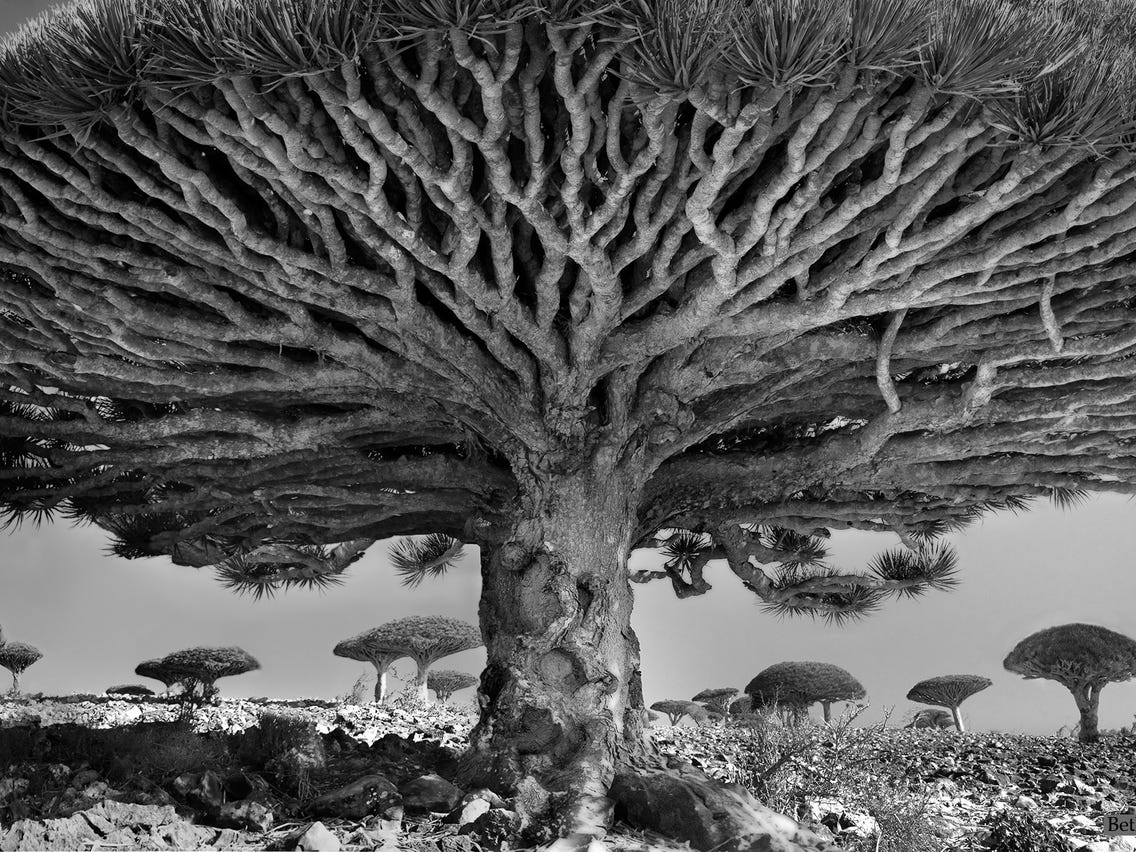The article compares redwood and baobab trees, both of which are renowned for their size, beauty, and cultural significance. Redwoods are the tallest trees in the world, native to the coastal regions of California and Oregon, while baobabs are also large but can store large quantities of water in their trunks, found in 32 African countries. Both trees can live for more than 2000 years, have significant cultural and ecological roles, and remind us of the importance of nature and our need to protect it.
Introduction
Trees are one of the most critical components of our planet. They provide us with oxygen, shade, and shelter. Furthermore, trees are often symbols of longevity, growth, and strength. Redwood and baobab trees are two of the most majestic trees on the planet. These trees are renowned for their size, beauty, and cultural significance. This article will compare and contrast redwood and baobab trees and explore their unique characteristics.
What Are Redwood Trees?
Redwood trees are known as the tallest trees in the world. These trees can grow up to 379 feet tall, and they can live for more than 2000 years. Redwoods are native to the coastal regions of California and Oregon. These trees are found primarily in national parks, state parks, and forests.
What Are Baobab Trees?
Baobab trees are also known as the “Tree of Life” because they can store large quantities of water in their trunks. These trees can grow up to 82 feet tall, and they can live for more than 2000 years. Baobabs are found in 32 African countries and are often considered sacred by local communities.
Comparison of Redwood and Baobab Trees
Size
Redwood trees are much taller than baobab trees. Redwoods can grow up to 379 feet tall, while baobabs can only grow up to 82 feet tall. Therefore, redwood trees are considered the tallest trees in the world, while baobabs are among the largest broadleaf trees in the world.
Lifespan
Both redwood and baobab trees have longevity. These trees can live for more than 2000 years. However, some redwoods are estimated to be over 3000 years old, making them among the oldest trees on the planet.
Geographic Distribution
Redwoods are native to the coastal regions of California and Oregon in the United States. Baobabs are found in 32 African countries, with the majority of the trees located in Madagascar.
Cultural Significance
Redwoods and baobabs are both culturally significant. Redwoods are considered sacred by Native American tribes, who often hold religious ceremonies around these trees. Baobabs are considered sacred in African cultures and are often used as meeting places or shrines.
Ecological Role
Both redwoods and baobabs have significant ecological roles. Redwoods provide habitats for several endangered species, such as the northern spotted owl. Baobabs are essential for the survival of several animal species, including primates, birds, and insects. Additionally, baobabs are a vital source of food and medicine for local communities.
Conclusion
Redwoods and baobabs are two of the most magnificent trees on the planet. These trees are known for their unique characteristics, such as their height, longevity, cultural significance, and ecological roles. Although these trees may seem vastly different, they share many similarities, such as their incredible size, cultural significance, and ecological importance. Overall, redwood and baobab trees remind us of the importance of nature and our need to protect it.
